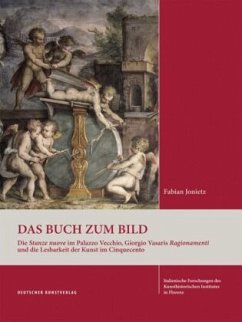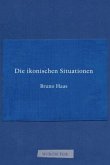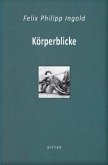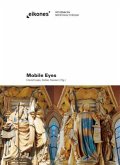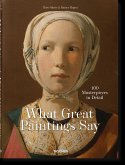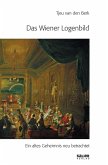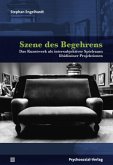Am Beispiel der "Ragionamenti" Vasaris, der ersten wegweisenden Schrift eines Künstlers, die das eigene malerische OEuvre erklären soll, betrachtet der Autor ein besonderes Phänomen: Kunstwissenschaftliche Deutungen von Bildern basieren häufig auf Grundlage historischer Schlüsseltexte.Allerdings werden nicht nur Schriften, die der Vorbereitung eines Gemäldes dienen, im künstlerischen Schaffensprozess umgedeutet. Schon die Frühe Neuzeit bringt Bücher zu Kunstwerken hervor, die Interpretationsvorschläge unterbreiten und später oft als authentische Leseanweisung missverstanden werden. Die Untersuchung relativiert dabei zum einen die Homogenität und inhaltliche Stringenz sogenannter Bildprogramme. Zum anderen rekonstruiert sie den Zeitraum des Cinquecento als Phase, in der mit Erprobung neuer allegorischer Bildverfahren das "Buch zum Bild" als Textgattung etabliert wird.
Hinweis: Dieser Artikel kann nur an eine deutsche Lieferadresse ausgeliefert werden.
Hinweis: Dieser Artikel kann nur an eine deutsche Lieferadresse ausgeliefert werden.
"Overall, Jonietz demonstrates the problematic nature of the 20th-century art-historical construct of a fixed programme and of artists faithfully executing the instructions of a patron's learned advisers. Jonietz points out the ways that this construction neglects the particular nature of pictorial invention, which Vasari himself constantly emphasises in writing about how stories are depicted. Collaboration, improvisation, evolution over time and according to changing circumstances are among the factors that compromise any simple model of how words correspond to images, as Jonietz reveals in his meticulous dissection of the complicated process of realising the scheme of the Stanze Nuove."
Patricia Rubin in: The Art Newspaper 308 (2019), 12
Patricia Rubin in: The Art Newspaper 308 (2019), 12

